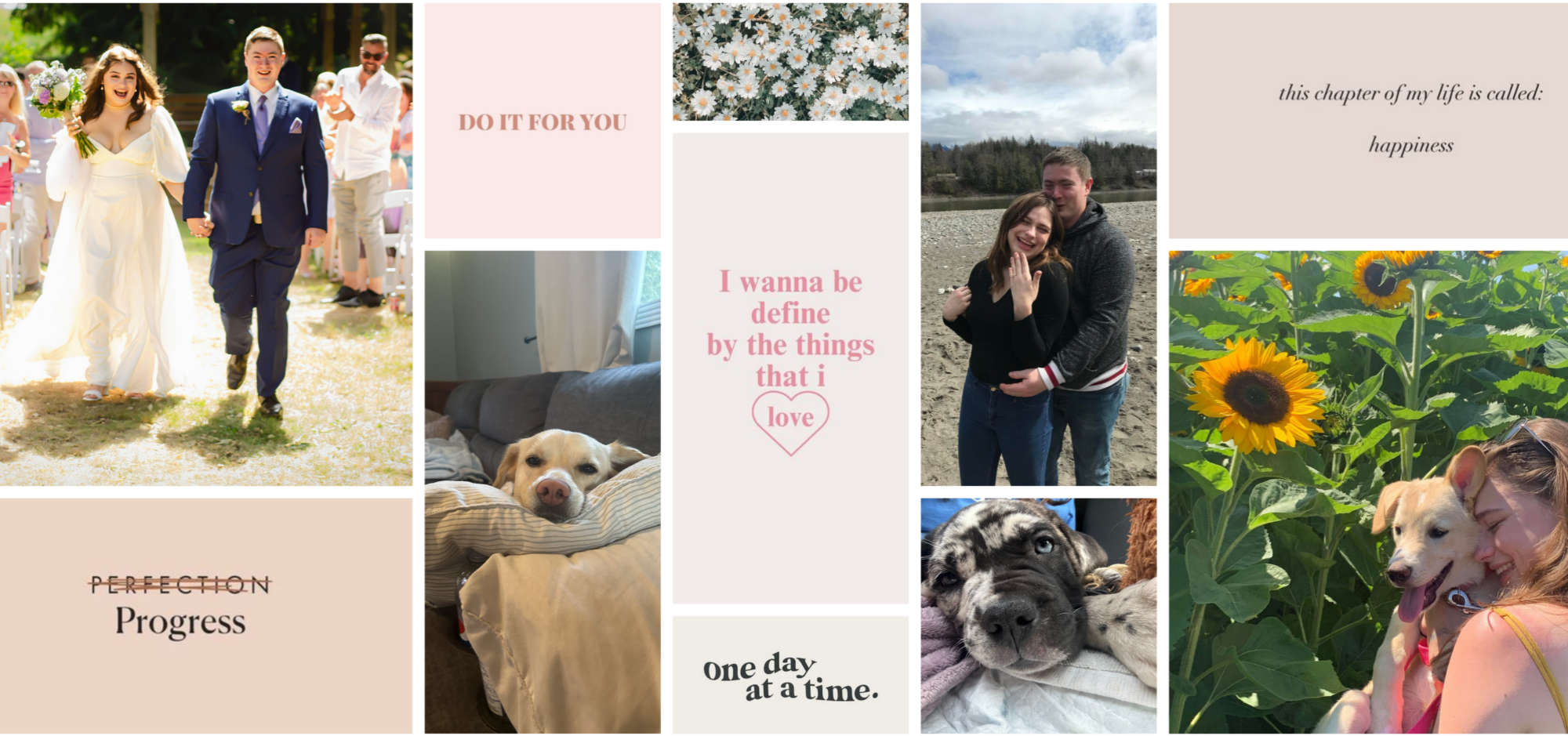
Learning Through Doing and Reflecting
In my practicums, I made a real effort to bring experiential learning into the classroom. Whether through hands-on science experiments, role-play in Social Studies, or outdoor learning activities, I tried to give students opportunities to engage with content in a meaningful way. What I found most powerful was pairing these experiences with reflection. We’d often pause and ask: “What did we notice? What surprised us? How did that feel?” These moments helped students not only learn the material but connect it to their own lives.
Building Connection and Community
This principle also reminds me of how central relationships are to learning. I’ve worked to build strong, respectful relationships with my students by listening, learning about their interests, and being honest and open with them. In turn, I encourage them to build those same respectful, caring relationships with each other. We do regular community circles, where students share thoughts, celebrate each other, and talk through challenges together. That sense of belonging and trust helps create a classroom where real learning can happen.
Bringing in a Sense of Place
Another part of this principle that really resonates with me is learning through place—connecting to the land, the community, and the world around us. I’ve taken my students outside to learn about local ecosystems, to write poetry inspired by nature, and to reflect on the land we live and learn on. Acknowledging the traditional territories we are on isn’t just something we say; I want students to feel that connection to place, and to understand their role in taking care of it.
Seeing the Whole Student
Holistic learning means recognizing that students are more than their academic performance. I try to see each student as a whole person—with emotional, social, physical, and spiritual needs—and to plan lessons that honor that. Sometimes this means starting the day with mindfulness, checking in with how students are feeling, or creating space for creativity and movement throughout the day. When students feel seen and supported in all aspects of themselves, they show up more fully and confidently in their learning.
